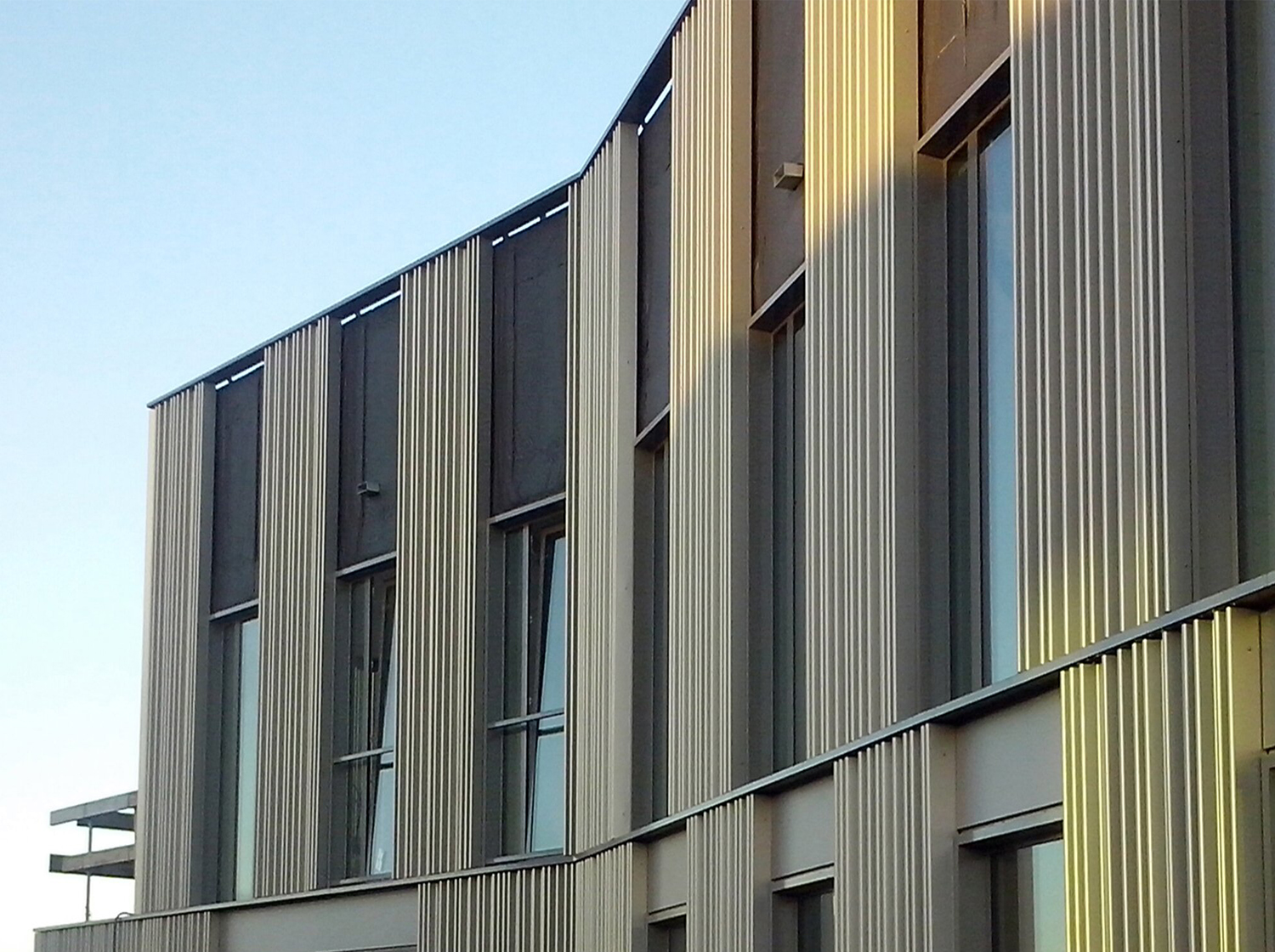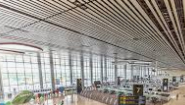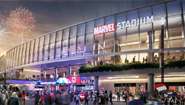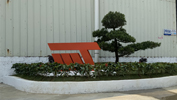The Modern Appeal of Aluminum Facade Cladding
Author:Jayminton Time:2024-08-21

In the ever-evolving world of architecture and construction, aluminum facade cladding has emerged as a popular choice for building exteriors. Its combination of aesthetic appeal, durability, and functionality makes it a standout material in contemporary design. This article explores the benefits of aluminum facade cladding, its applications, and why it’s become a preferred option for architects and builders worldwide.
What is Aluminum Facade Cladding?
Aluminum facade cladding involves the application of aluminum panels or sheets to the exterior of a building. This cladding serves as both a protective layer and a design feature, enhancing the building’s visual appeal while offering various practical benefits. The panels are typically available in a range of finishes, colors, and textures, allowing for versatile design options.
Benefits of Aluminum Facade Cladding
Aesthetic Flexibility: aluminum Cladding can be customized to achieve a wide range of looks, from sleek and modern to textured and traditional. Its ability to be painted or anodized in different colors and finishes provides architects with the creative freedom to achieve their design vision.
Durability: One of the key advantages of aluminum facade cladding is its durability. Aluminum is resistant to weathering, corrosion, and UV radiation, making it ideal for both residential and commercial buildings exposed to the elements. This resilience ensures that the facade maintains its appearance and performance over time.
Lightweight and Easy to Install: Compared to other materials, aluminum is relatively lightweight, which simplifies the installation process and reduces structural load. This makes it easier to handle and install, potentially lowering labor costs and construction time.
Low Maintenance: Aluminum cladding requires minimal maintenance, which is a significant advantage for building owners. Routine cleaning is usually sufficient to keep the panels looking new. Additionally, aluminum’s resistance to rust and fading means the facade will remain attractive with minimal upkeep.
Thermal Efficiency: Aluminum facade cladding can contribute to a building’s thermal performance. It helps to insulate the structure, reducing heat loss in winter and keeping interiors cooler in summer. This can lead to energy savings and improved comfort for occupants.
Environmental Impact: Aluminum is a sustainable material that can be recycled repeatedly without losing its quality. Choosing aluminum cladding supports environmentally friendly building practices and contributes to the reduction of waste.
Applications of Aluminum Facade Cladding
Commercial Buildings: The sleek, modern look of aluminum cladding makes it a popular choice for office buildings, shopping centers, and other commercial structures. Its ability to reflect light and create striking visual effects is often utilized in high-profile projects.
Residential Homes: For residential applications, aluminum cladding offers a contemporary appearance and durability that appeals to homeowners. It can be used to create eye-catching Facades or to update the look of older properties.
Public Buildings: Schools, hospitals, and cultural institutions benefit from aluminum cladding’s durability and ease of maintenance. The material’s versatility allows it to adapt to a variety of architectural styles and functional requirements.
Renovations: Aluminum cladding is also a great choice for renovation projects. It can be applied over existing surfaces to update the look of a building while providing additional insulation and protection.
Trends in Aluminum Facade Cladding
Innovative Designs: Architects are increasingly exploring creative patterns and textures with aluminum cladding. This includes perforated panels, curved surfaces, and intricate geometric designs that add visual interest and character to buildings.
Sustainable Practices: There is a growing focus on sustainability in the construction industry, and aluminum cladding fits well with this trend. The use of recycled aluminum and eco-friendly finishes aligns with the commitment to reducing environmental impact.
Integration with Technology: Modern aluminum cladding solutions often incorporate technology, such as solar panels or smart systems, to enhance the functionality of building facades. This integration reflects the trend towards smart and energy-efficient buildings.
Conclusion
Aluminum facade cladding offers a blend of aesthetic versatility, durability, and low maintenance that makes it a preferred choice for contemporary architecture. Its adaptability to various design styles, coupled with its practical benefits, ensures that aluminum remains a leading option for enhancing the exterior of buildings. As architectural trends continue to evolve, aluminum facade cladding will likely remain at the forefront of innovative and sustainable building practices.

 S1 Clip-in Metal ceiling System
S1 Clip-in Metal ceiling System JMT-L4.2 U-Baffle System
JMT-L4.2 U-Baffle System JMT Aluminum Wall Cladding
JMT Aluminum Wall Cladding Aluminum Honeycomb Panel
Aluminum Honeycomb Panel Air-Condenser Cover
Air-Condenser Cover Metal Heat Cover
Metal Heat Cover Singapore Changi Airport T2 Arrival
Singapore Changi Airport T2 Arrival Australia Marvrl Stadium City Edge
Australia Marvrl Stadium City Edge Enterprise Information Announcement
Enterprise Information Announcement Construction Industry Solutions
Construction Industry Solutions About Jayminton
About Jayminton Contact US
Contact US